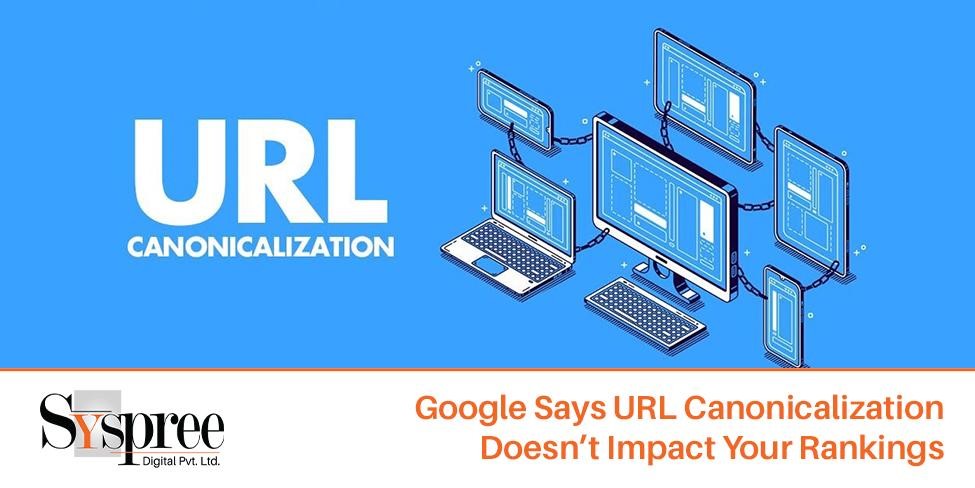Canonical URLs are essential for improving a website’s SEO performance. They assist search engines in identifying the main source of content by setting a preferred version of a webpage. This process helps consolidate link equity and prevents the scattering of ranking signals among different URLs. The leading SEO company in Mumbai says this consolidation is especially important for extensive websites with many pages or those that use dynamic URL parameters. In such cases, variations in content could result in indexing issues and reduced visibility in search results.
Importance of Canonical URLs for SEO
Additionally, URL canonicalization plays a crucial role in enhancing user experience through the standardization of URL format. Maintaining consistency in URLs not only builds trust with visitors but also streamlines navigation and sharing, ultimately improving the overall usability of the site.
In the realm of search engine optimization (SEO), attention to every detail is crucial, and URL canonicalization is a fundamental technique for optimizing website structure and enhancing organic search performance. The experts from the leading SEO company in Mumbai say by implementing canonical URLs, website administrators can guarantee that search engines effectively crawl, index, and rank their content, ultimately leading to increased visibility and traffic on their websites.
Understanding Canonicalization
Canonicalization plays a crucial role in SEO by optimizing website structure and enhancing search engine visibility through the resolution of duplicate content problems. Central to canonicalization are canonical tags, which guide search engines in identifying the primary version of a webpage when faced with multiple duplicates.
Explanation of Canonical Tags
Canonical tags, or rel=”canonical” tags, are HTML elements that are placed in the <head> section of a webpage. These tags indicate the canonical URL, which informs search engines about the preferred version of the content to be indexed and ranked. By using canonical tags, search engine crawlers prioritize the specified URL, ensuring that ranking signals are consolidated and link equity is not dispersed among duplicate pages.
Different Scenarios of Canonicalization
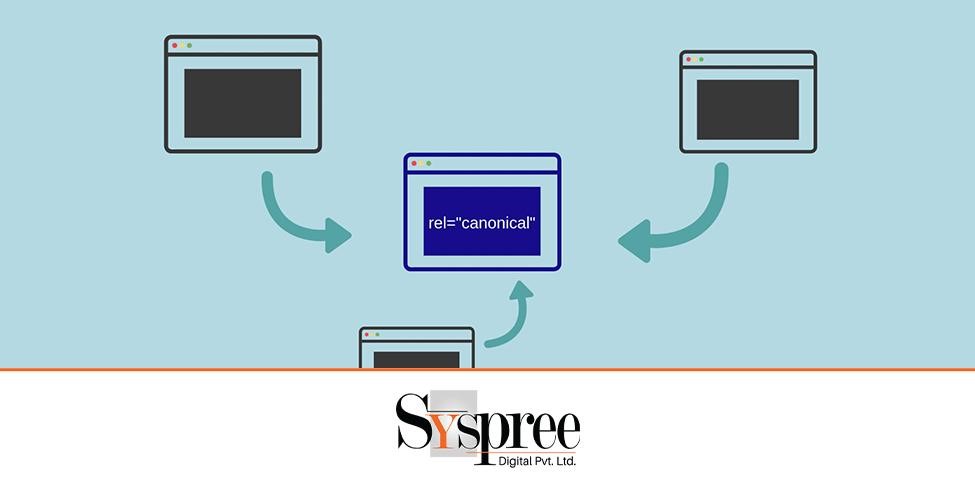
Recognizing different situations where it becomes essential to specify a canonical URL is crucial in understanding canonicalization. One typical situation arises when there are URL variations due to parameters like sorting options, session IDs, or tracking parameters added dynamically to URLs. For instance, an e-commerce site might create multiple URLs for a single product page based on user-selected sorting preferences or filtering options. Canonicalization enables webmasters to designate the original, canonical URL for these pages, guaranteeing that search engines index and prioritize the main version while ignoring duplicates.
One more situation involves dealing with duplicate content on various domains or subdomains. When there is identical or significantly similar content on different web addresses, canonicalization assists in consolidating ranking signals to avoid diluting search visibility. For example, a company might have separate websites for different regions or languages, each containing similar content customized for local audiences. By using canonical tags that point to the preferred version of each page, webmasters can prevent self-competition in search results and guarantee that the most relevant version achieves the highest ranking.
Canonicalization is a crucial optimization strategy that helps search engine crawlers identify the primary source of content among duplicates or variations. Through the use of canonical tags and addressing various canonicalization scenarios, website owners can improve the consistency of their site, reduce duplicate content problems, and strengthen their SEO efforts to increase visibility and traffic over time.
Impact of WWW to Non-WWW Canonicalization
Overview of the Issue Posted on Reddit
The best SEO company says the shift from utilizing WWW to non-WWW URLs, or vice versa, may raise apprehensions among website proprietors regarding its influence on search engine rankings and general visibility. A Reddit user recently recounted their ordeal after facing a problem with redirects post their transition from WWW to non-WWW URLs while configuring their website with CloudFlare’s CDN. This modification unintentionally modified the canonical URLs throughout their pages, leading to redirections from WWW to non-WWW URLs, in contrast to their prior configuration.
Insights from John Mueller’s Response
Google’s viewpoint on URL transitions provides valuable insights into the potential SEO implications. John Mueller, a well-known authority at Google renowned for his expertise in search algorithms and webmaster guidelines, has provided reassurance regarding the effects of switching canonical URLs from WWW to non-WWW. Mueller has emphasized that such a transition within the same domain generally does not result in substantial alterations to search visibility, rankings, or indexing.
Mueller’s response highlights that search engines adapt to changes in canonical URLs, resulting in any potential ranking fluctuations being resolved swiftly. He emphasized that although minor fluctuations may occur, particularly in analytics tracking between WWW and non-WWW usage, they are usually temporary and should not be a cause for concern. Mueller’s perspective emphasizes the stability of the consistent ranking during URL canonicalization changes within a domain, reaffirming Google’s ability to adapt to these modifications.
The experts from the best SEO company say Mueller expanded on the idea that notable decreases in ranking or indexing after changing to a canonical URL are probably due to factors other than the switch itself. Algorithm updates, modifications in site content, or technical problems could impact search results, highlighting the complex nature of SEO dynamics.
Analysis of Ranking Impact
In the ever-changing realm of search engine optimization (SEO), grasping the intricacies of ranking influence is essential for website owners working to enhance their online presence. Google’s John Mueller, well-known for his expertise in search algorithms and webmaster guidelines, provides valuable insights on the impact of different factors on ranking, visibility, and indexing.
Mueller’s Perspective on Ranking, Visibility, and Indexing
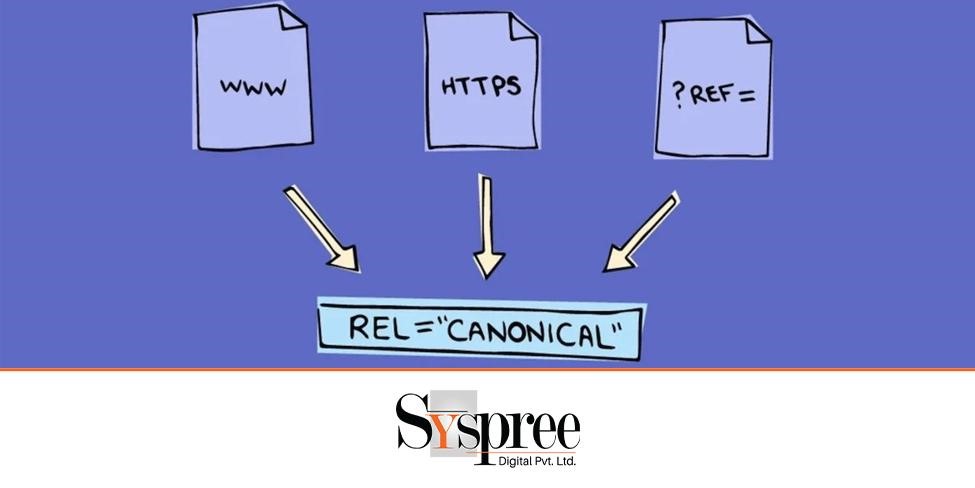 Mueller’s viewpoint highlights the complex relationship between ranking, visibility, and indexing. He stresses that although adjustments in URL canonicalization might lead to slight changes in rankings, particularly in analytics monitoring, these variations are usually short-lived and do not greatly affect search performance in the long run. Mueller’s affirmation showcases Google’s flexibility in handling URL modifications within the identical domain, confirming the search engine’s capability to understand and prioritize content efficiently.
Mueller’s viewpoint highlights the complex relationship between ranking, visibility, and indexing. He stresses that although adjustments in URL canonicalization might lead to slight changes in rankings, particularly in analytics monitoring, these variations are usually short-lived and do not greatly affect search performance in the long run. Mueller’s affirmation showcases Google’s flexibility in handling URL modifications within the identical domain, confirming the search engine’s capability to understand and prioritize content efficiently.
Factors Influencing Ranking Changes
Mueller recognizes that ranking fluctuations can result from various factors other than URL canonicalization. The leading digital marketing agency in Mumbai says Algorithm updates, content relevance, user experience signals, and technical optimizations are all significant in influencing search rankings. Changes in rankings may be attributed to these wider SEO dynamics, emphasizing the significance of comprehensive optimization strategies.
Discussion on Potential Fluctuations and Core Updates
Furthermore, Mueller delves into the possible impact of core updates on ranking fluctuations. Google regularly introduces core updates with the goal of enhancing search relevance and user satisfaction. Although these updates may result in significant shifts in rankings, Mueller recommends that webmasters look at broader timeframes and concentrate on long-term patterns rather than reacting to short-term changes.
Comprehending the elements that affect ranking variations enables webmasters to tackle SEO obstacles effectively. By prioritizing content quality, relevance, and user satisfaction, website owners can lessen the effects of ranking fluctuations and adjust to the evolving search algorithms. Mueller’s observations highlight the significance of a holistic SEO strategy that includes technical enhancements, content planning, and user engagement efforts.
Practical Considerations for Webmasters
Best Practices for Handling URL Canonicalization
Webmasters must consider practical aspects when dealing with URL canonicalization changes in order to facilitate seamless transitions and uphold SEO integrity. Following recommended strategies for managing URL canonicalization, minimizing potential risks, and monitoring website performance after modifications are key measures for enhancing website organization and safeguarding search engine visibility.
Initially, website administrators must follow industry standards when executing URL canonicalization. This includes precisely indicating canonical URLs by utilizing rel=”canonical” tags in the <head> section of webpages. Maintaining uniformity in canonicalization throughout all iterations of a site, such as WWW and non-WWW versions, aids in avoiding ambiguity and consolidating ranking signals efficiently.
Mitigating Risks Associated with URL Changes
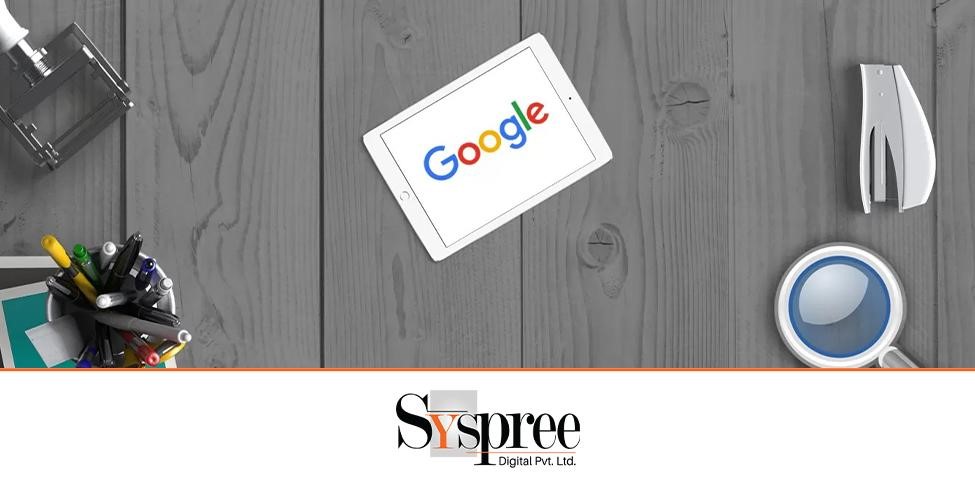 Minimizing risks linked to URL modifications necessitates thorough planning and precise implementation. The experts from the leading digital marketing agency in Mumbai say prior to executing canonical URL transitions, website administrators must carry out thorough site evaluations to pinpoint possible problems and evaluate the effects on search rankings. It is essential to effectively communicate alterations with relevant parties and establish appropriate redirects to reduce disturbances to user interaction and prevent broken links.
Minimizing risks linked to URL modifications necessitates thorough planning and precise implementation. The experts from the leading digital marketing agency in Mumbai say prior to executing canonical URL transitions, website administrators must carry out thorough site evaluations to pinpoint possible problems and evaluate the effects on search rankings. It is essential to effectively communicate alterations with relevant parties and establish appropriate redirects to reduce disturbances to user interaction and prevent broken links.
Monitoring and Analyzing Site Performance Post-Change
Furthermore, it is essential for webmasters to consistently observe and assess the performance of the website after making changes in order to evaluate the success of their canonicalization efforts. By utilizing tools like Google Search Console and third-party SEO analytics platforms, valuable insights can be gained regarding indexing status, crawl errors, and alterations in search visibility. By keeping an eye on traffic patterns and keyword rankings, webmasters can promptly identify and rectify any irregularities that may arise.
Regular monitoring and analysis empower webmasters to continuously refine their canonicalization strategy and tackle any new challenges that may arise. This iterative approach involves ongoing adjustments to canonical tags, resolving indexing errors, and monitoring user engagement metrics to ensure that changes to URLs have a positive impact on SEO performance in the long run.
Common Mistakes to Avoid
Webmasters need to exercise caution when implementing URL canonicalization to prevent potential pitfalls that could negatively impact their website’s SEO performance. One crucial mistake to be mindful of is the misconfiguration of canonical tags, as this can inadvertently send inaccurate signals to search engines. Consequently, pages may be improperly indexed or ranked lower than intended.
Additionally, overlooking internal linking inconsistencies is another common error. Inconsistent internal linking practices can confuse search engines regarding the preferred version of a page, thereby undermining the effectiveness of canonicalization efforts. To strengthen the authority of the canonical URL, webmasters should ensure that internal links are consistently directed to it.
Pitfalls to Watch Out for When Implementing URL Canonicalization
Moreover, the failure to resolve duplicate content problems can diminish the advantages of URL canonicalization. Although canonical tags can assist in consolidating duplicate pages, webmasters should also contemplate incorporating alternative tactics like 301 redirects or meta robot tags to eradicate duplicate content at its root.
In addition, disregarding the monitoring and updating of canonicalization settings as websites progress can result in complications. Modifications to site architecture, content revisions, or platform transitions may necessitate modifications to canonical URLs in order to uphold their efficacy. Consistent audits and monitoring are crucial in promptly identifying and rectifying any disparities or incongruities.
Tips for Preventing Unintended Consequences and SEO Pitfalls
In order to avoid these pitfalls and guarantee efficient URL canonicalization, webmasters must adhere to recommended guidelines, including:
– Conducting a comprehensive website audit to detect any instances of duplicate content and establish canonical URLs.
– Correctly and consistently implementing canonical tags across all relevant pages.
– Monitoring search engine crawl errors and indexing status to identify any canonicalization issues promptly.
– Regularly updating canonicalization settings to reflect changes in site structure or content accurately.
By steering clear of these common errors and following best practices, webmasters can optimize the advantages of URL canonicalization and uphold the SEO integrity of their websites.
Future Trends in Canonicalization
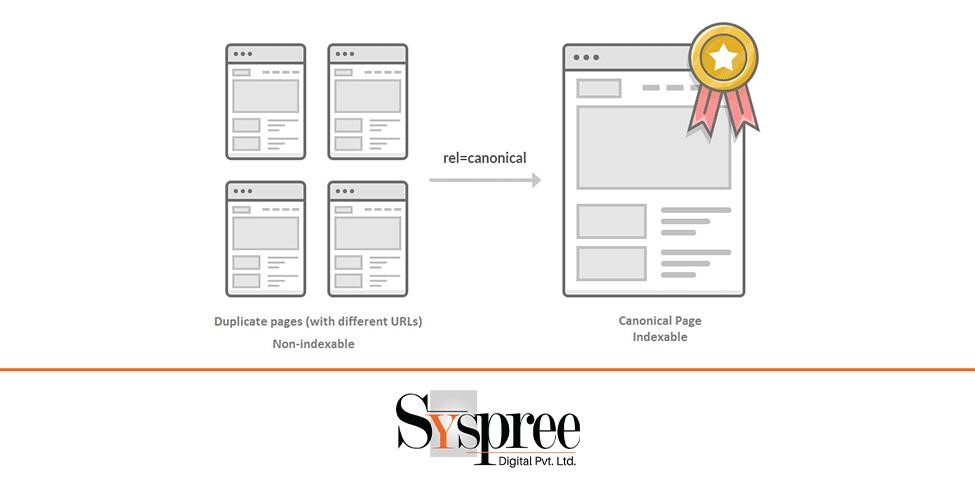 As the digital landscape evolves, the future of URL canonicalization is set to be influenced by emerging technologies and evolving practices. One key trend on the horizon is the growing adoption of dynamic canonicalization methods that utilize machine learning and artificial intelligence (AI). These advanced techniques help search engines better grasp content contextually, leading to more precise canonicalization decisions.
As the digital landscape evolves, the future of URL canonicalization is set to be influenced by emerging technologies and evolving practices. One key trend on the horizon is the growing adoption of dynamic canonicalization methods that utilize machine learning and artificial intelligence (AI). These advanced techniques help search engines better grasp content contextually, leading to more precise canonicalization decisions.
Moreover, with the increasing popularity of voice search and natural language processing, canonicalization may adapt to better handle conversational queries and user intent. Search engines are expected to prioritize canonical URLs not just based on textual similarities but also on semantic relevance and user context, resulting in more personalized and targeted search outcomes.
Furthermore, as websites become more interconnected and content is spread across different platforms and devices, canonicalization may expand beyond traditional web pages to include other content formats like videos, images, and audio files. This wider range of canonicalization poses new challenges and opportunities for webmasters to maintain consistency and relevance across diverse content types.
Predicting Canonicalization’s Evolution
Furthermore, as the focus on user experience and accessibility continues to grow, future canonicalization practices may give priority to mobile-first indexing and optimization. As mobile usage surpasses desktop usage, canonical URLs that are optimized for mobile devices are likely to become more important, influencing search engine rankings and visibility.
In response to changes in search engine algorithms and user behavior, canonicalization may also become more dynamic and adaptive. Real-time adjustments based on user interactions and content performance metrics could be implemented. By utilizing data analytics and user feedback, webmasters can improve their canonicalization strategies to align with evolving search trends and user preferences.
Conclusion
URL canonicalization simplifies the structure of a website and enhances its SEO. The future of URL canonicalization will be influenced by emerging trends such as AI-powered dynamic techniques and mobile-first optimization. By adapting to these trends, one can ensure that their website remains relevant and visible in search results. If you like this blog check out our previous blog on AI-Enhanced Design Practices: Transforming Creativity into Hyper-Realistic Visuals

